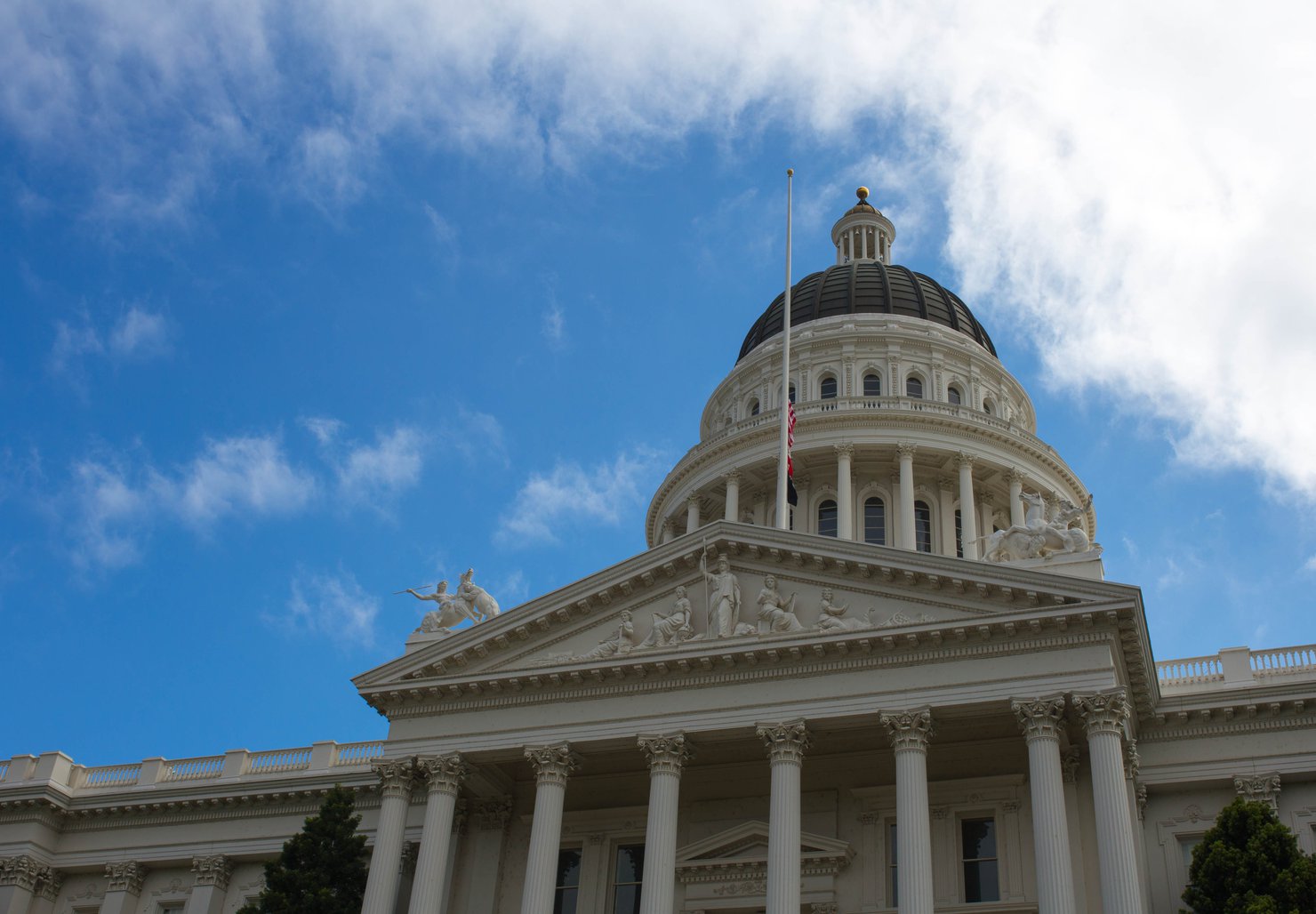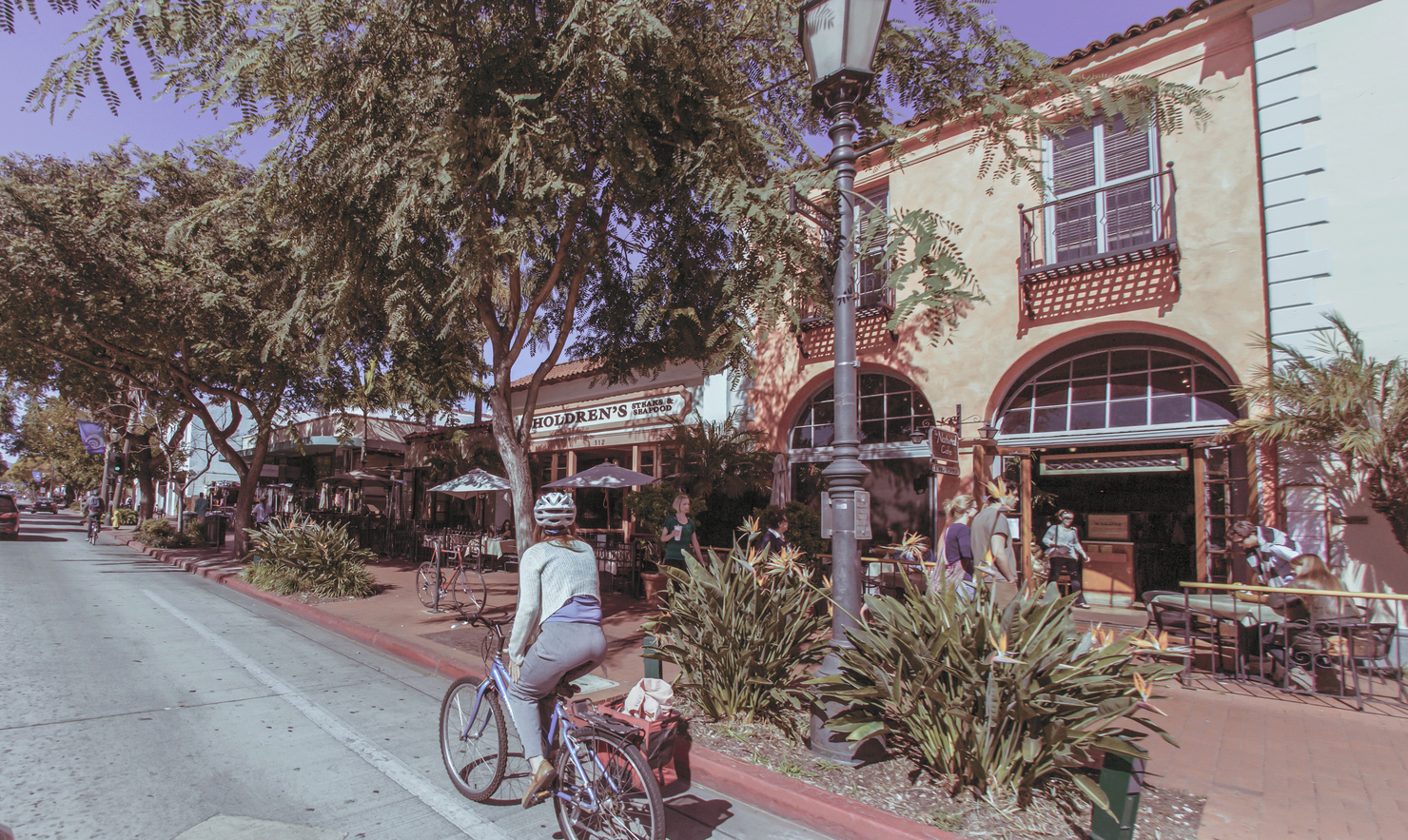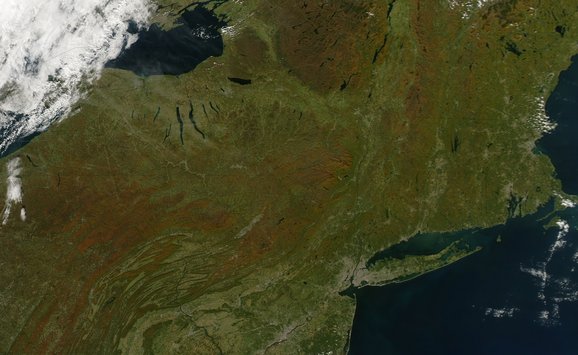California’s cap-and-trade program limits carbon emissions, creates a market for tradable emissions credits, and funds decarbonization projects. The program’s history, successes, and lessons learned can help similar programs elsewhere succeed.
More than a decade ago, an innovative emissions trading system was established in California. As the deputy director for climate finance in the California Infrastructure and Economic Development Bank (part of the Governor’s Office of Business and Economic Development in California), Daniel M. Adler has observed the progress of the program from a front-row seat. He also has a long track record in environmental and economic analysis. To go deep on emissions trading in the United States, Resources for the Future (RFF) Senior Fellow Richard D. Morgenstern sat down with Adler to discuss how things are going with California’s cap-and-trade program, its method of funding decarbonization projects across the state, its progress on reducing emissions and facilitating cost-effective strategies, reasons for its longevity, future directions, and more.
The original recorded version of this conversation was sponsored jointly by Duke Kunshan University and RFF. The transcript of the conversation has been edited for length and clarity.

Richard D. Morgenstern: Can you give an overview of the California cap-and-trade program and how it works?
Daniel M. Adler: Our cap-and-trade program has been active with regular trades and a lot of good economic activity underlying it for 10 years now. The program started in 2006, and it took the period between 2006 and 2012 to work through the design in a very open and collaborative process.
The basic concept is to supplement a range of different greenhouse gas–reduction strategies with a flexible, market-based compliance approach—the cap-and-trade regime—which effectively covers a quarter of the total gains we expect to get from our climate strategies. The cap covers 85 percent of the California economy. The entities that are subject to that cap number about 450, so they have to be large enough, emitting at least 25,000 metric tons annually, to trigger engagement through the program.
Auctions happen on a quarterly basis. Entities that are obliged to comply can participate and purchase the required number of permits, which they have to retire on an annual basis against what is effectively their entity-level target.
The program has weathered important storms that I think are worth considering from a design perspective. When it was initially launched, the program was challenged on a legal basis—on the question of whether California had the authority to create this market-based compliance. The program survived the lawsuit—and created great durability. The program was extended by legislation to 2030, adding further market certainty.
What we’re seeing now—with its expansion to include the transportation sector—is a steady uptick in prices and activity in the marketplace. It had been at a steady floor level for the better part of the first decade, but in the last three or four years—particularly in the last 24 months, coming through COVID—we’re seeing the economic activity continue to be generated, alongside a firm commitment from policy. The prices are rising and producing an interesting stream of investment capital that the state is using, through what we call a Greenhouse Gas Reduction Fund, to support a range of environmental goals.
That’s fascinating. The auctioning has generated a substantial fund—the Greenhouse Gas Reduction Fund, as you mentioned—that is managed for the purpose of achieving those additional environmental goals. Can you describe how it works?
The basic mechanism is standard in auction economics, wherein you have a price floor and different tiers of pricing—including containment at the top, should things get out of control, but which has not yet been triggered. Due to the increased volumes and the increased clearing prices, we’ve seen a steady increase in the total intake of the Greenhouse Gas Reduction Fund, which as of June 2022 is worth more than $20 billion of total capital in the state, with $3.2 billion of that in fiscal year 2021 alone, as we saw more durability, more activity, and more commitment.
The money has been redeployed. Roughly $10 billion is programmed and moving out the door.

The fund does a lot for local economic development and local environmental protection. It has supported over half a million individual projects across the state, with a measured reduction in greenhouse gases being the requirement. Many of these projects (though not all) are deployed at the level of households and small businesses. The greenhouse gas accounting provides an interesting opportunity, very transparently, to look at the dollars-per-ton reductions due to the various measures that the state has invested in. This accounting step has been a tremendously valuable asset in creating political support and economic activity within the context of our greenhouse gas–reduction strategy, which enables us to link the compliance obligation to an investment opportunity that public policy can help direct.
Can you talk a little bit about how the decisions are made to allocate those funds? Are funds given to local governments, private entities, nonprofit entities? How does that work?
Well, as you might imagine, a lot of parties are interested in these transactions.
The funds are broken out into a few large categories. Some are “continuously appropriated” to large-scale projects, like our high-speed rail effort. That takes an annual appropriation, and it’s a long-term infrastructure project that the state needs. There’s a committed percentage that goes to affordable housing—the theory being that, if we put affordable housing near transit, we reduce greenhouse gas consumption from the transportation sector. A very large percentage is appropriated annually through legislation. About 40 different programs are capitalized through the Greenhouse Gas Reduction Fund across a range of agencies, which use their grantmaking to partner with local governments.
It’s very much a state- and local-partnership model, where the local political and policymaking processes engage with private parties that have the expertise to build a priority project such as a light-rail system or electric bike sharing, for example, or to do something in the climate-smart agriculture space, distributed electricity, or solar-plus-storage to create resilient grid hubs. As I mentioned, the funds have supported half a million different projects, which are locally directed, but with a lot of private parties that are able to create the framework within which they can grow their business.
We’ve talked about the auction revenues supplying capital for new projects. Is the private sector supplying capital, as well?
It certainly is. I often share a slide that shows the Greenhouse Gas Reduction Fund in terms of its total intake, annual allocations, and $3 billion invested in 2020, side by side with a slide that shows California’s share of US venture capital equity for climate mitigation efforts and clean-energy solutions, which in 2020 was also $3 billion, out of $6 billion total for the United States (Figure 1). So, California has a little more than half of the US private-equity allocation, in this case, for early-stage cleantech solutions.
Figure 1. California’s Greenhouse Gas Reduction Fund and US Venture Capital Equity for Clean-Technology Solutions that Help Mitigate Climate Change

Sources: https://ww2.arb.ca.gov/sites/default/files/auction-proceeds/2021_cci_annual_report.pdf; 2020 California Green Innovation Index; Next10.org
On the infrastructure side, we’re putting tens of thousands of megawatts of clean generation online with private capital, though our investor-owned utilities aren’t really investing in that. Utilities are taking the power under contract, which is a signal to the market: “Come in at this price with this environmental performance, and we will purchase your output.” That’s what’s driving the infrastructure boom, and that’s just in the clean-electricity space.
We’re starting to see a similar dynamic of leading with public money on Zero Emission Vehicle infrastructure. The use model for that infrastructure is not as established as with the power grid, but it’s front-running with public capital. More and more private firms are saying, “We believe in this market. We believe in the policy regime and the changing technology landscape, so we’re committing hundreds of millions of dollars to Zero Emission Vehicle infrastructure at the same time.”
Those are a couple of examples in which we’ve got the market rules right, and we’re supporting it with strategically allocated public capital—but it’s largely driven by private capital.
What percentage of emissions reductions result from cap and trade in California?
Right now, if you look at what we call our “Scoping Plan,” the amount of total reductions we expect through cap and trade throughout the life of the program is something like 22 percent. Whether we will achieve this percentage is another question. But I should note that we’re two years early in achieving our 2020 targets for greenhouse gas reductions; the goal effectively was to go back to our 1990 levels of emissions.
Because of the cap-and-trade program, but also (and maybe more so) because of things like our renewables programs, our efficiency programs, our Low Carbon Fuel Standard programs, and just changes in our economy—we’re in great shape for the 2020 target, but we’ll have significant pressure to hit our 2030 target, and certainly our mid-century targets, through the combination of policies I described.
You’ve come a long way in California in a short amount of time. I’m wondering now if you can talk a little bit about future challenges. Despite all you’ve done so far, I’m sure problems and challenges lie ahead. Can you highlight a few of those?
Yes, though I don’t want to dwell on the negative, because part of what makes California succeed is our inherent optimism, which is not naïve—it’s ambitious—but we like to think we learn and are informed by what has come to pass. We’ve made great progress, and we’ve learned from others. We’ve made some very public mistakes, but we’re willing to learn and are aware that we have to share what we’re doing. Because even if we decarbonize, it’s immaterial if we haven’t created frameworks that others can learn from.
But coming back to cap and trade—it can’t just be this magical black box, in which everything transpires in secret. The compliance flexibility is crucial. The strategic use of the Greenhouse Gas Reduction Fund, and in a market-oriented fashion, alongside other capital, is important. We know we need a significant increase in the volume of private money, even from the good place we are now. So, what utilization of that public money and iteration of our policy strategies would make sense, in a market context, to get us five times as much private capital (just to pick a number) and five times as much private market activity as we have now?
I think that’s really the challenge: To be honest about the perilous path ahead, reflect on the learnings and the technological prowess that is so amazing here, and then be more deliberate in the allocation of our public money from the Greenhouse Gas Reduction Fund and from any other source, with a focus on making this the future of investment—not just a secondary aspect of capital. Everything we invest in California must have an emissions-reduction frame around it, across all sectors of our economy, if we’re going to succeed.
Watch the full video of their conversation here:







